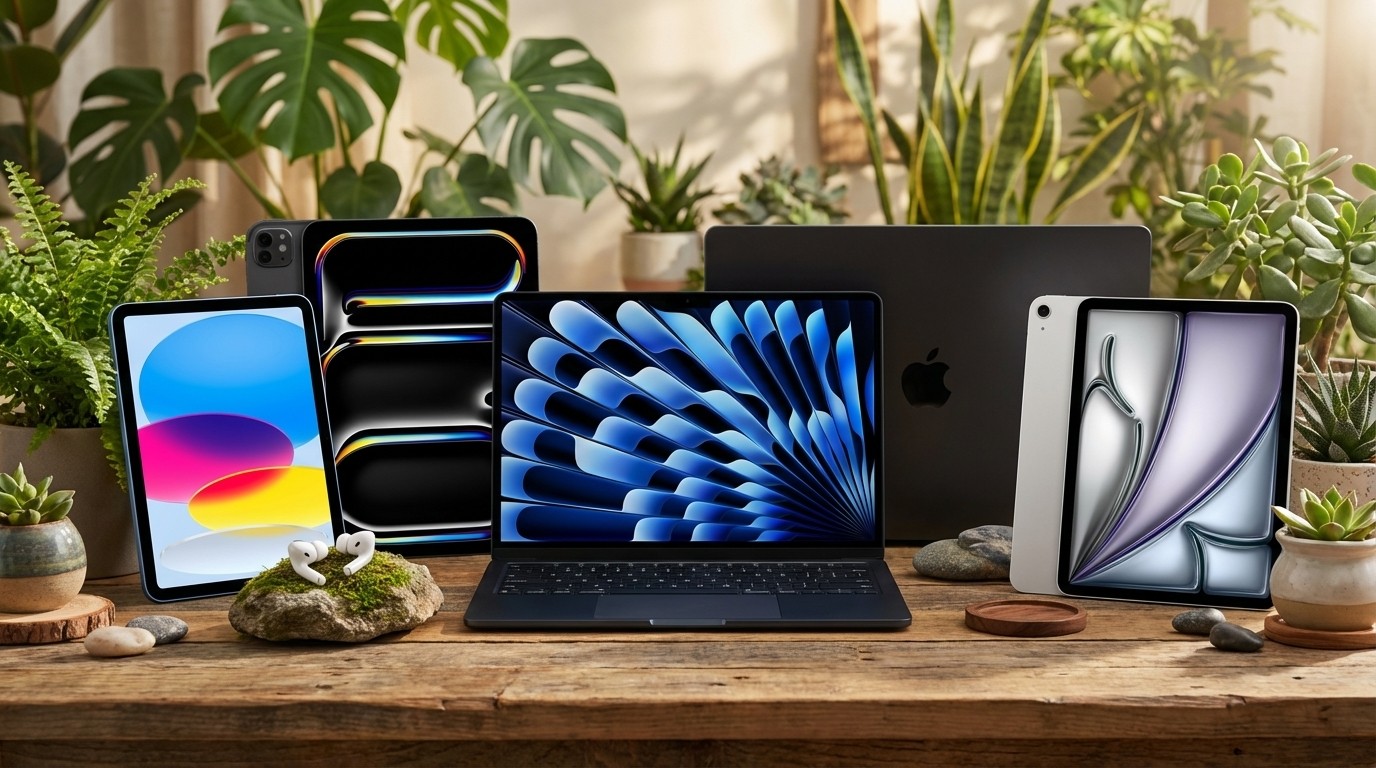The truth’s in the detail
Mondays might be better with a Disneyesque colour tweak, but you can’t beat a well-framed shot, says Paul Wyatt
I was once told that nostalgia is a condition that affects the old. Well, I’ve recently discovered I have early onset nostalgia, a condition that causes me to be reflective in my image-making and yearn for the analogue tools of the past. This may account for why I’m stood in a shop that can only be described as a treasure trove of tat – full of Beano annuals, teapots, Star Wars figures and wall-to-wall house clearance ephemera.
Scattered around are boxes of photographs and slides of families, friends, lovers and recalcitrant children all making shapes for the camera. These are memories no longer owned by anyone and yours for only 35p a picture. Sifting through a box of 35mm slides marked “Majorca ‘73” I’m struck by the purity and vibrancy of these Kodak-captured moments. They’re also wonderfully framed shots. The people in them were told to ‘say cheese’ and assured by the click of the camera shutter that the moment had been captured. Photographs are such cheap currency today and with the derisive phone camera ‘lag’ you never know what moment is being caught. Facebook is full of grimacing faces seconds after the moment has passed.
The appreciation that I feel towards these holiday snaps comes from a mild obsession with image quality and composition, and their analogue beauty. I understand composition in an intuitive way. This might not be the ‘correct’ approach, as I’ve never studied the rules of photography or cared for grid systems, and I’m rather suspicious of anyone who preaches their benefits to me.
Fortunately, my obsession with image quality in stills and video is one we’ve all jumped on the bandwagon for. It ties in with a worldwide upgrade mentality, which makes us yearn for devices with bigger and better CMOS sensors, improved displays and many more megapixels.
If God is in the details, then the second coming can be found on many a Vimeo channel, as footage becomes sharper, cleaner and more detailed. Does this make for a more truthful image than the 35mm slide in my hand?
On one level, it comes down to us wanting to replicate the dreamy, fantastical quality of 35mm film. When halide crystals found in film stock are struck with light, the results can be gorgeous photography and film-making. But 35mm film is an expensive analogue indulgence, so we take our digital footage and wrangle and wrestle with it to create a film look. We add colour and contrast and tweak the real world into something more befitting of the story or moment we’re trying to share.
Apart from the occasional series produced on film, television was mostly recorded on cheap, shiny videotape that was, in fact, a truer representation of the real world. The dreamlike quality of film and saturated Technicolor processing was the preserve of the motion picture. It represented fantastical cinematic escapism, higher production values and a break from the tyranny of common sense that pervades most of our lives. Now, with the affordability of high-def image and video production, the world that’s bounced back to us from the television and the internet is one that becomes less like the real world, and far more cinematic in look and composition.
Most reality TV shows present a version of heightened reality. They stick a pair of rose-tinted spectacles on the audience with footage that’s coloured and tweaked to show a world where colours pop, skies are blue and acne never exists. There’s nothing wrong with this and I’m certainly an exponent of it, but our thirst for higher definition makes me yearn for a bit of crud on the lens or grain in the film. The yearning, though, is probably just part of that condition called ‘nostalgia’.
I recently took some 3k footage of my flat using a Red One camera. The images produced were of such fantastic quality that I’d happily live in that version of my flat. It’s a distraction from a greyer world that, I’m sure, if we could add grades and film-like quality filters to, we happily would. Mondays would be better with a bit of blockbuster-style colouring; or maybe a soft focus and low lit grade for nocturnal activities?
I bought that 35mm slide. It’s on my desk and reminds me not to become too dependent on technology and my digital box of tricks for image-making. No matter how many geobytes of data and detail in an image, a nicely framed shot with an interesting subject matter and a certain amount of charm will always be where the truth of any image lies.
Daily design news, reviews, how-tos and more, as picked by the editors.

The Creative Bloq team is made up of a group of art and design enthusiasts, and has changed and evolved since Creative Bloq began back in 2012. The current website team consists of eight full-time members of staff: Editor Georgia Coggan, Deputy Editor Rosie Hilder, Ecommerce Editor Beren Neale, Senior News Editor Daniel Piper, Editor, Digital Art and 3D Ian Dean, Tech Reviews Editor Erlingur Einarsson, Ecommerce Writer Beth Nicholls and Staff Writer Natalie Fear, as well as a roster of freelancers from around the world. The ImagineFX magazine team also pitch in, ensuring that content from leading digital art publication ImagineFX is represented on Creative Bloq.
